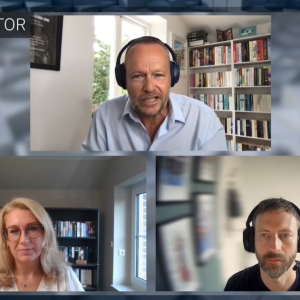BT has introduced a new cut-price high-speed Internet package, called ‘Direct’.
UK incumbent telco BT will announce full details of its new discounted high-speed Internet access package, ‘Direct’, on April 24. Direct is set for launch in June, with a goal of a million new customers by summer 2003.
Unlike BT’s previous broadband offerings, Direct will be marketed by BT Retail rather than ISP unit BTopenworld. It will provide ‘no frills’ direct broadband access, at a lower cost than the GBP25 ($40) a month of existing DSL offerings.
The low cost will be the main selling point, combined with the convenience of receiving Internet and telephony charges on the same bill. Although Direct is likely to provide just connectivity, without email or chatroom services, this is unlikely to deter many consumers. After all, they can use free email accounts from MSN or Yahoo.
Traffic on Direct will travel from a subscriber’s home to the local exchange, to BT’s backbone network, and then onto the Internet. With previous DSL offerings, the traffic would be routed from BT’s network to an ISP and back again – so the new product lets BT keep all the profits. Unsurprisingly, ISPs are not pleased with this: AOL and Freeserve say the product is anti-competitive, and should be made available to other resellers.
To counter Direct, ISPs will need to differentiate themselves, selling services and not just connectivity. But customers are unlikely to start paying for basic services like email. The ISPs that survive will be the ones that can provide compelling value-added services, applications and bundled solutions.
One of these should be BTopenworld itself. The unit has stolen a march by investing in content and partnerships with broadcasters. But AOL will also be in a strong position, leveraging content from the Time Warner merger to compete with BT.
In the short-to-medium term, Direct is good news for consumers and the government’s vision of Broadband Britain. However, if BT gains a broadband monopoly, the consumer will pay in years to come.
Related research: Datamonitor, 2001: Fixed-line and wireless broadband access in Europe






